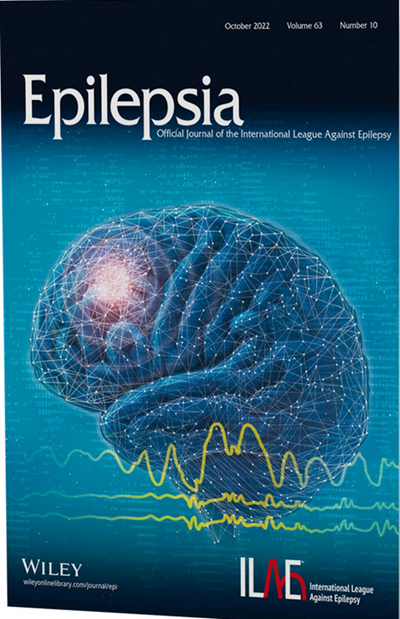Structural connectivity changes in focal epilepsy: Beyond the epileptogenic zone
Abstract
Objective
Epilepsy is recognized increasingly as a network disease, with changes extending beyond the epileptogenic zone (EZ). However, more studies of structural connectivity are needed to better understand the behavior and nature of this condition.
Methods
In this study, we applied differential tractography, a novel technique that measures changes in anisotropic diffusion, to assess widespread structural connectivity alterations in a total of 42 patients diagnosed with medically refractory epilepsy (MRE), including 27 patients with focal epilepsy and 15 patients with multifocal epilepsy that were included to validate our hypothesis. All patients were compared individually to an averaged database constructed from 19 normal controls regressed by age and sex.
Results
Statistical analyses revealed specific distribution patterns of tracts with increased connectivity that were located in multiple subcortical structures across all patients including the arcuate fasciculus, inferior fronto-occipital fasciculus, inferior longitudinal fasciculus, uncinate fasciculus, fornix, and short U fibers. Conversely, pathways with a significant decrease in connectivity (p < .05) exhibited a more central distribution near mesial structures across all patients (corpus callosum, cingulum, corticospinal tract, and sensory fibers).
Significance
Our findings add to the growing evidence that focal epilepsy is not solely anatomically confined, but is rather a network disorder that extends beyond the EZ, and differential tractography shows strong potential as a clinical biomarker for assessing structural connectivity alterations in patients with epilepsy.


 求助内容:
求助内容: 应助结果提醒方式:
应助结果提醒方式:


